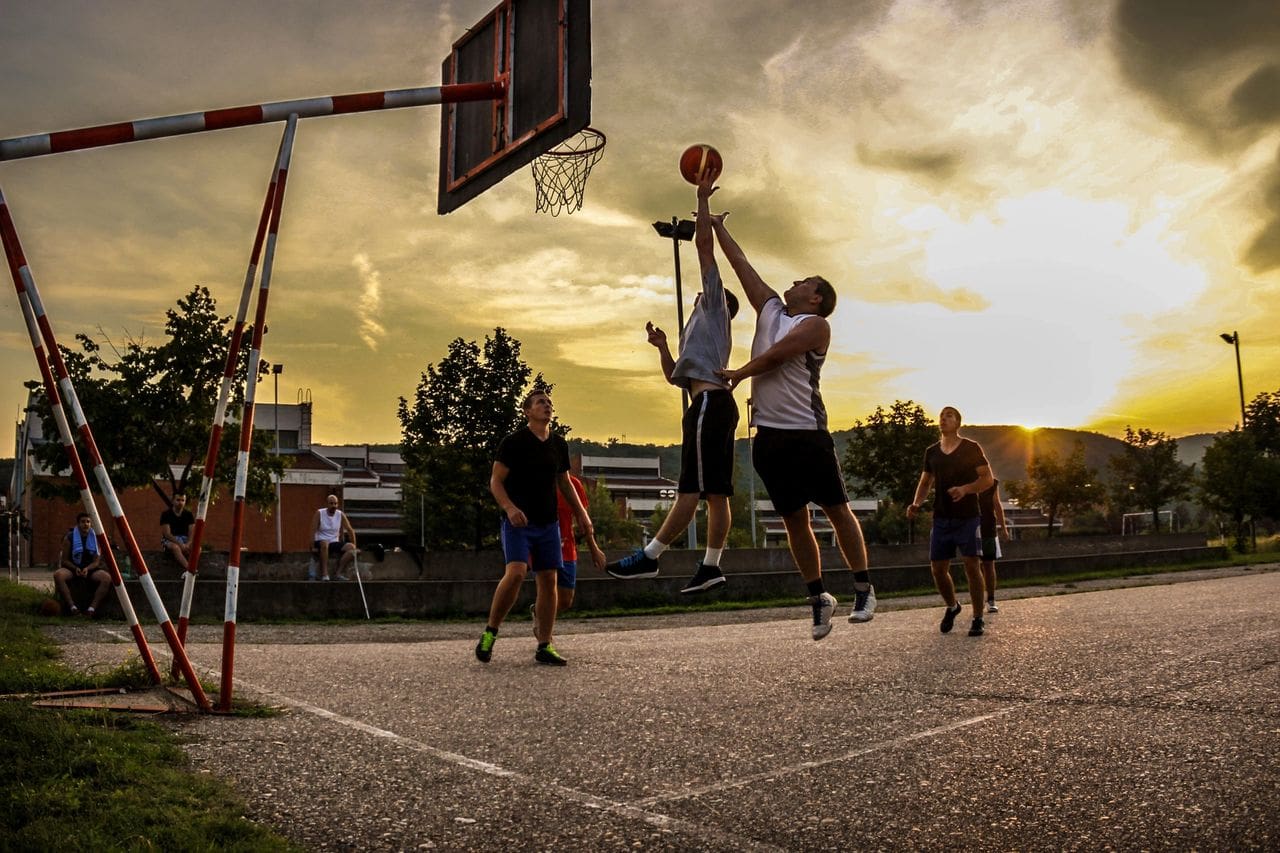
Returning to Sports after Injury
A very common question we get asked in physical therapy after someone gets injured is “when can I start playing sports again?” Although the answer is multifactorial, I want to share a little insight into how these decisions are made. Here are my top considerations when having the ‘return to sport’ conversation with patients.
Tissue healing
Depending on what type of tissue is involved in the injury (bone, ligament, cartilage, muscle, tendon) the expected healing timeline will vary. Of course there are variations within these timelines based on the person’s demographics, baseline health/medical history, lifestyle factors/external stressors, severity of the injury, time since injury onset, weight bearing status during the healing process, etc. In general, the typical healing times of various tissues are as follows: bone takes ~6-12 weeks, lower severity muscle and tendon injuries take ~4-8 weeks, higher severity muscle and tendon injuries take ~8-12+ weeks, minor ligament sprains take ~4-6 weeks, and moderate-to-severe ligament sprains take ~12+ weeks. Once the initial healing phase is complete, tissues enter a remodeling phase that can continue for a year or longer after the injury, and during this timeframe the tissues are still adapting based on the loads they experience. This is why it’s SO important to follow through with your rehabilitation plan! The type of tissue involved in the injury also determines how much stress is appropriate to put on the injured tissue and at what time throughout the healing process. These factors all contribute to decisions regarding return to sports.
Foundational movements
Building a solid foundation is a very important part of the rehab process. I may start by addressing the following areas: restore functional range of motion at joints involved in the injury, target muscle flexibility, work on activating the proper muscles for a given exercise, train basic movement patterns such as squatting or lifting the arm overhead, establish muscular control throughout the entirety of a joint’s range of motion, and educate the patient along the way to empower them, enable them to make good choices, and help manage their expectations. ALL of these things need to happen before progressing to more advanced tasks. Patients enter the rehab process with different abilities and varying needs, and the type of injury or surgical status may influence how/when these areas are addressed.
Running, throwing, multidirectional movements, plyometrics
It’s SO important for a provider to have open discussions with their patients about their goals. Not only will it help a clinician determine a realistic treatment timeline, but a patient’s goals should also drive exercise selection once foundational movement requirements are met. Whether the patient is a teenage volleyball player who wants to play for their senior year season, a middle-aged 5k runner, or an elderly grandparent who wants to easily lift and carry their grandchild, exercises should be chosen based on the demands of the activities a person wants to accomplish. Toward the later stages of rehab, exercises typically become more complex. They may require the patient to manage heavier loads, move throughout more planes of motion, navigate a less stable base of support, or incorporate explosive take offs and controlled landings. These complex exercises place greater demands on the body, so if your goals require these types of activities then you can expect your return to sport to take a little longer.
Return to activity>participation>competition
Finally, I find it helpful to emphasize that returning to a sport is a gradual process, especially if the patient’s goals involve competing at a high level. Breaking this process up into phases tends to be easier for patients to manage their expectations. I’ll use soccer as an example. The first phase is returning to activity, and chances are you’re already doing this during your physical therapy sessions. Return to activity for soccer would be practicing running, side-to-side/cutting movements, and dribbling the ball. Once you’re able to do these things with good technique and without pain, you’re ready to return to participation. Attending soccer practice is a great example. The pace is faster and requires more endurance than what we’re able to accomplish in the clinic, but the environment is still somewhat predictable. Once you can master the practice drills, a great transition is participating in a scrimmage match. This adds more unpredictability without there being too high of stakes. Gradually increase time spent participating in scrimmage matches and make sure you’re able to handle that physically AND mentally. Next, you’re ready for return to competition with higher intensity and even more unpredictable conditions.
In summary
As you can see, many factors go into making the decision about when an individual is ready to return to higher level activities/sports. This should be an ongoing conversation between the patient and provider so everyone is working together toward the same goals!
Our physical therapists at Dynamic Physical Therapy Chicago can help you get back to the activities you love! Please call (312) 643-1555 or email info@dynamic-PT.com with any questions or to schedule your consultation today.
